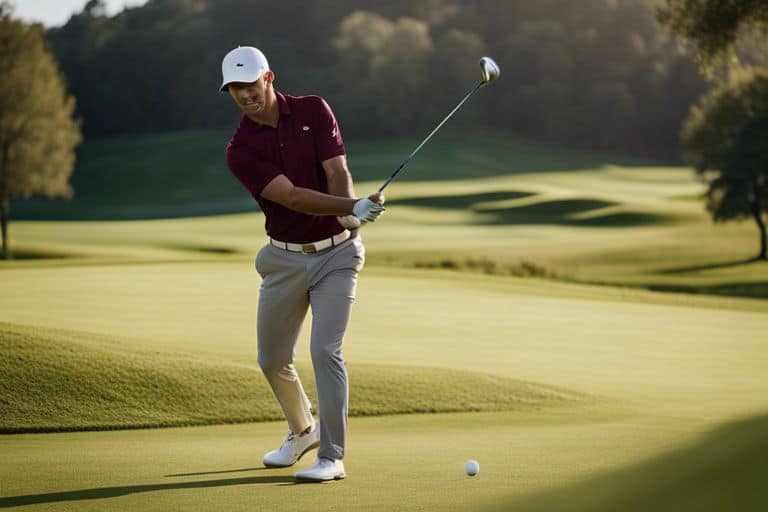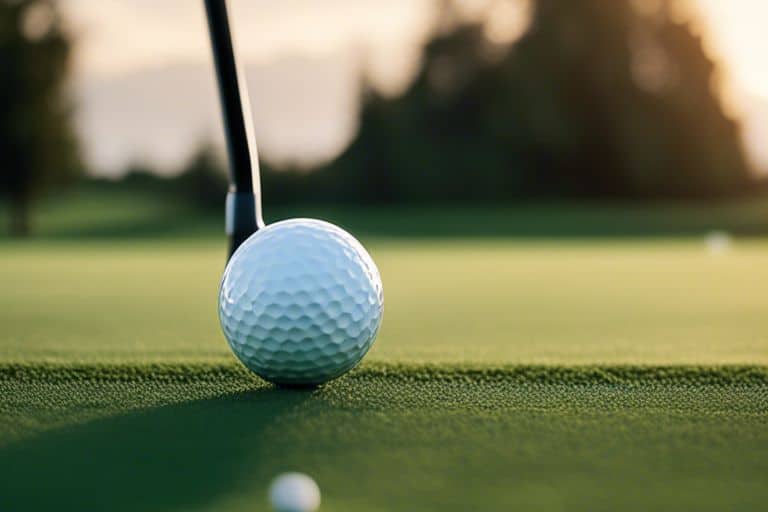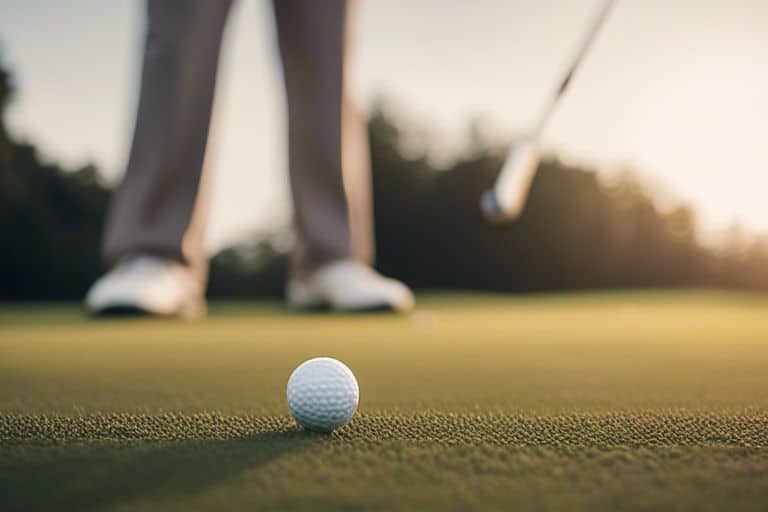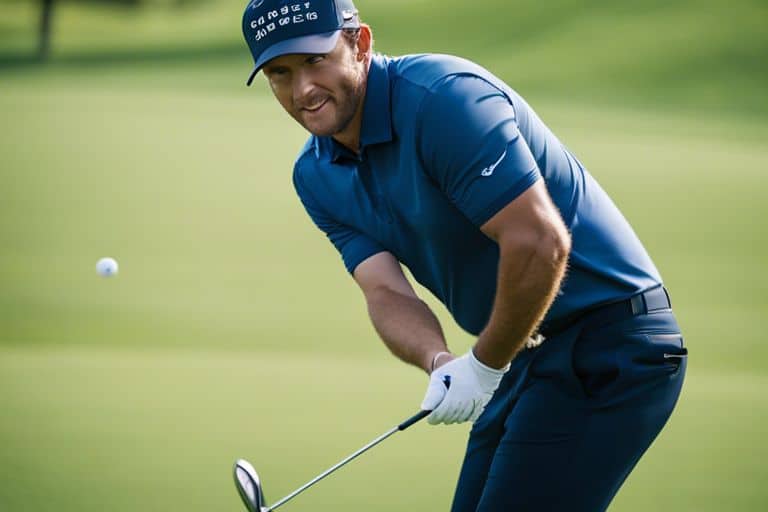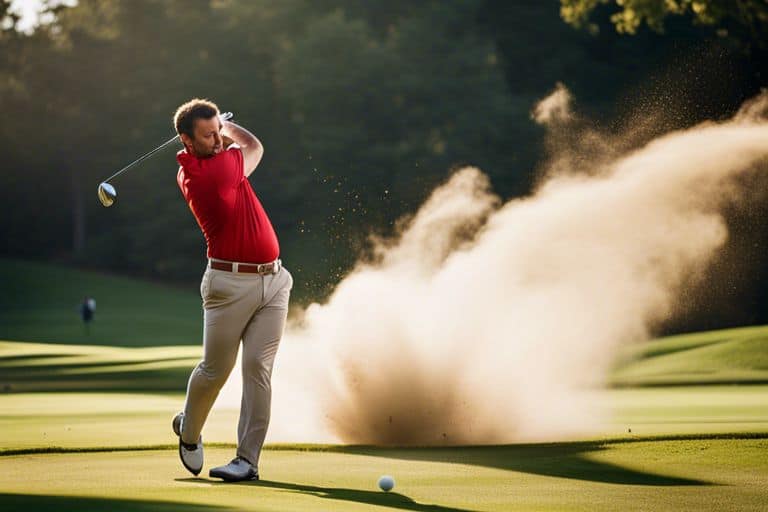What is a "fade" in golf?
Indubitably, the “fade” is a commonly used term in the world of golf. When you hit a fade, the ball starts slightly left of the target and then curves gently back to the right (for right-handed golfers, vice versa for left-handed golfers). It is a controlled and intentional shot that can be a valuable weapon in your golf arsenal, allowing you to navigate hazards and tight fairways with accuracy and finesse.
However, mastering the fade requires careful control and precise execution to avoid the dangers of a slice or hook. In this blog post, I will delve into the mechanics and purpose of the fade and how you can incorporate it into your golf game.
Technical Analysis of the Fade
For those golfers looking to add more versatility and control to their game, mastering the fade shot is essential. The fade is a shot that starts straight and then curves gently to the right (for a right-handed golfer). It is a valuable skill to have in your arsenal, allowing you to navigate around obstacles and set yourself up for better approach shots. To achieve a consistent and effective fade, it’s important to understand the technical aspects of the shot and how to execute it properly.
The Physics Behind a Fade Shot
When hitting a fade shot, the clubface is open in relation to the club path at impact, causing the ball to spin with sidespin. This sidespin creates a gentle curve to the right for right-handed golfers. The amount of sidespin is determined by the angle of the clubface and the club path, as well as the speed of the clubhead at impact. Understanding these physics can help you visualize and adjust your swing to produce the desired fade shot.
Mechanics of Executing a Proper Fade
The key to a successful fade shot lies in the setup and execution. To set up for a fade, make sure to aim slightly left of your target (for right-handed golfers), open your stance, and weaken your grip. During the swing, focus on swinging along your body line and keeping the clubface open at impact. It’s important to maintain a smooth and controlled swing, ensuring that the clubface stays open through impact to produce the desired fade. Pay attention to your body positioning and swing mechanics to consistently execute a proper fade.
Strategic Use of the Fade in Play
While the fade shot can be a valuable tool in a golfer’s arsenal, it’s important to understand how and when to strategically use it. When executed properly, the fade can help you attack certain pin positions, avoid trouble, and set up better approach shots. Understanding the strategic use of the fade can greatly improve your overall game.
Course Management with the Fade
When strategically managing the course with the fade, I always look for situations where a right-to-left ball flight can help me avoid hazards or position myself for an easier approach to the green. For example, on a dogleg right hole, a well-executed fade can help me hug the corner of the fairway and set up a clear shot to the green. It’s important to assess the layout of the hole and determine where a fade can give you the best advantage based on your natural shot shape.
Situational Advantages of a Fade Shot
One of the key situational advantages of a well-executed fade shot is the ability to navigate tight fairways and troublesome hazards. When confronted with a narrow fairway or a troublesome line of trees, being able to shape the ball left-to-right can help you avoid trouble and keep your ball in play. Additionally, utilizing a fade can also help you attack certain pin positions that are tucked behind hazards on the left side of the green, allowing you to approach with confidence and accuracy.

Famous Fades in Golf History
After the introduction of the fade shot, many renowned golfers have utilized this technique to leave an indelible mark on the sport. From memorable shots by legendary golfers to fade shots that changed the outcome of tournaments, there are several instances of the fade shot being executed with precision and skill.
Memorable Shots by Renowned Golfers
Throughout golf history, there have been several memorable fade shots executed by some of the most renowned golfers. One such shot is Tiger Woods’ famous 3-iron fade at the 2008 U.S. Open. Facing a difficult lie in the rough, Woods executed a perfect fade that landed the ball on the green, ultimately leading to a crucial birdie. This shot showcased Woods’ mastery of the fade and its importance in his game.
Fade Shots that Changed Tournament Outcomes
Some of the most significant moments in golf history have been shaped by the execution of fade shots that changed the outcome of tournaments. One such example is Ben Hogan’s iconic 1-iron fade at the 1950 U.S. Open.
Facing a daunting approach shot on the 18th hole, Hogan executed a precise fade that landed the ball on the green, setting up a birdie to force a playoff. This shot is widely regarded as one of the most important in golf history and solidified Hogan’s legacy as a master of the fade.
I hope you found this information helpful. Do let me know if you have any questions or need further clarification.

Improving Your Fade
Now that you understand the basics of a fade in golf, it’s time to work on improving your technique. Whether you’re looking to add a gentle fade to your repertoire or want to fine-tune your existing fade, there are a few key areas to focus on.
Practice Techniques for a Consistent Fade
One of the most effective ways to improve your fade is through consistent practice. When practicing your fade, focus on your clubface alignment and swing path. The key to a successful fade is to have an open clubface relative to your swing path at impact. Practice hitting the ball with a slightly open clubface to produce the desired left-to-right ball flight. Additionally, work on maintaining a smooth swing tempo and rhythm, as this can help you achieve a consistent fade shot.
Equipment Considerations and Adjustments
When working on your fade, it’s important to consider your equipment and whether any adjustments need to be made. For example, experimenting with different clubs and shafts can impact the amount of fade you produce. You may also want to consider adjusting the loft and lie angles of your clubs to optimize your ball flight. It’s important to work with a knowledgeable club fitter to ensure that any equipment adjustments are made properly and are beneficial to your game.
Conclusion
Drawing together, a “fade” in golf is a shot that starts left of the target and finishes to the right for right-handed golfers (vice versa for left-handed golfers). It is a controlled shot that can be very useful in certain situations on the golf course. By understanding the mechanics and technique behind executing a fade, you can add another valuable shot to your golfing arsenal and improve your overall game. With practice and dedication, you can master the art of the fade and use it to your advantage on the course.
